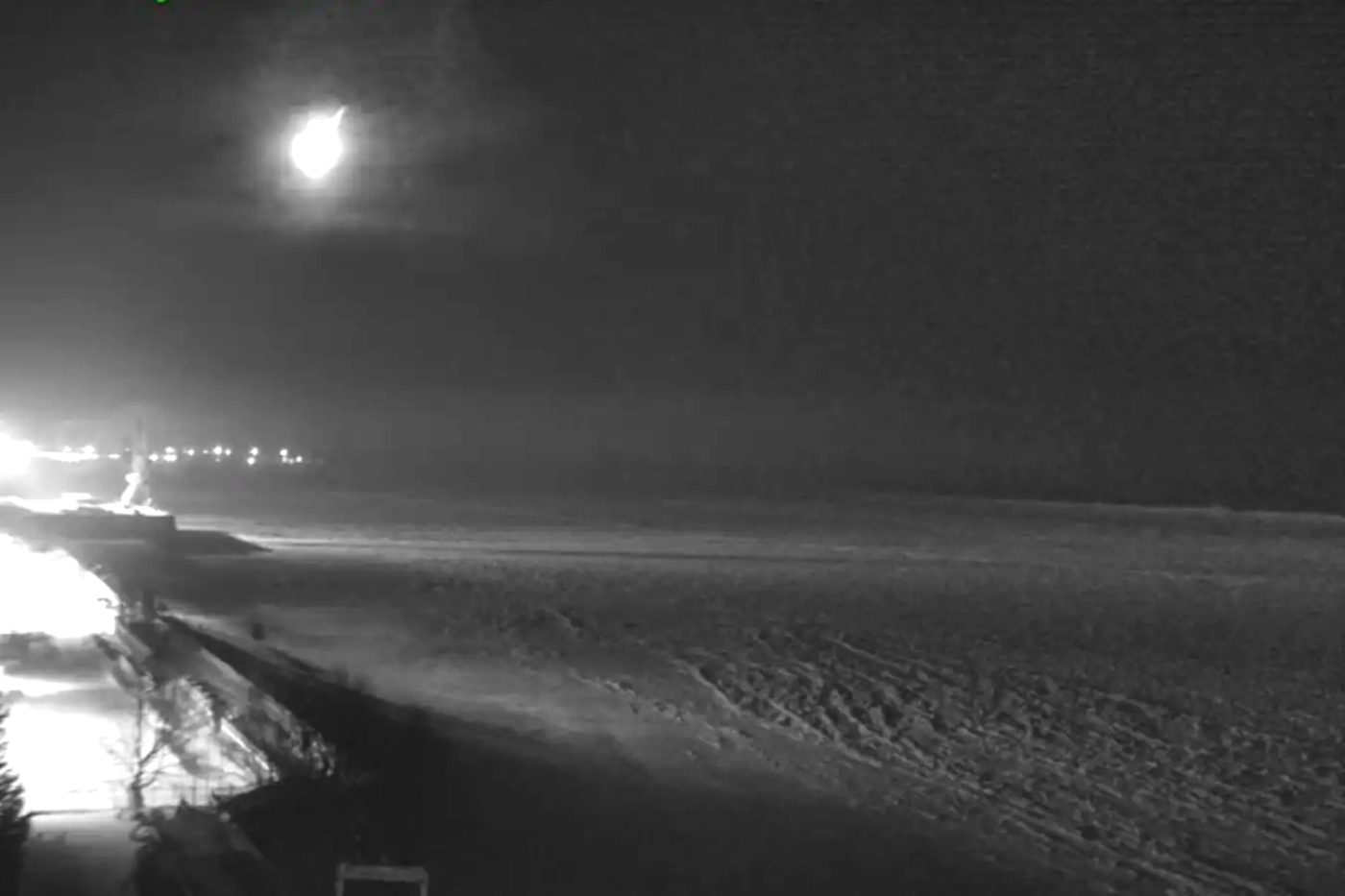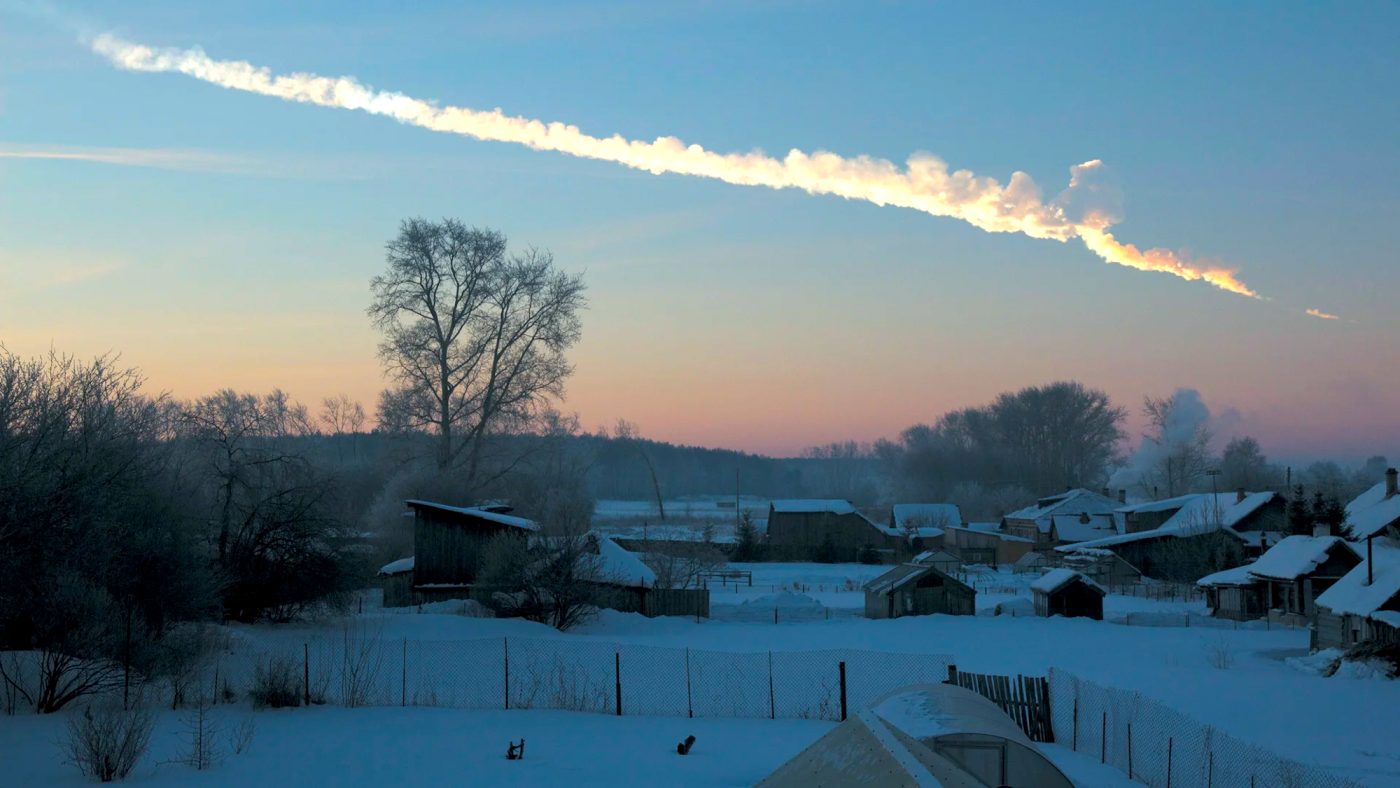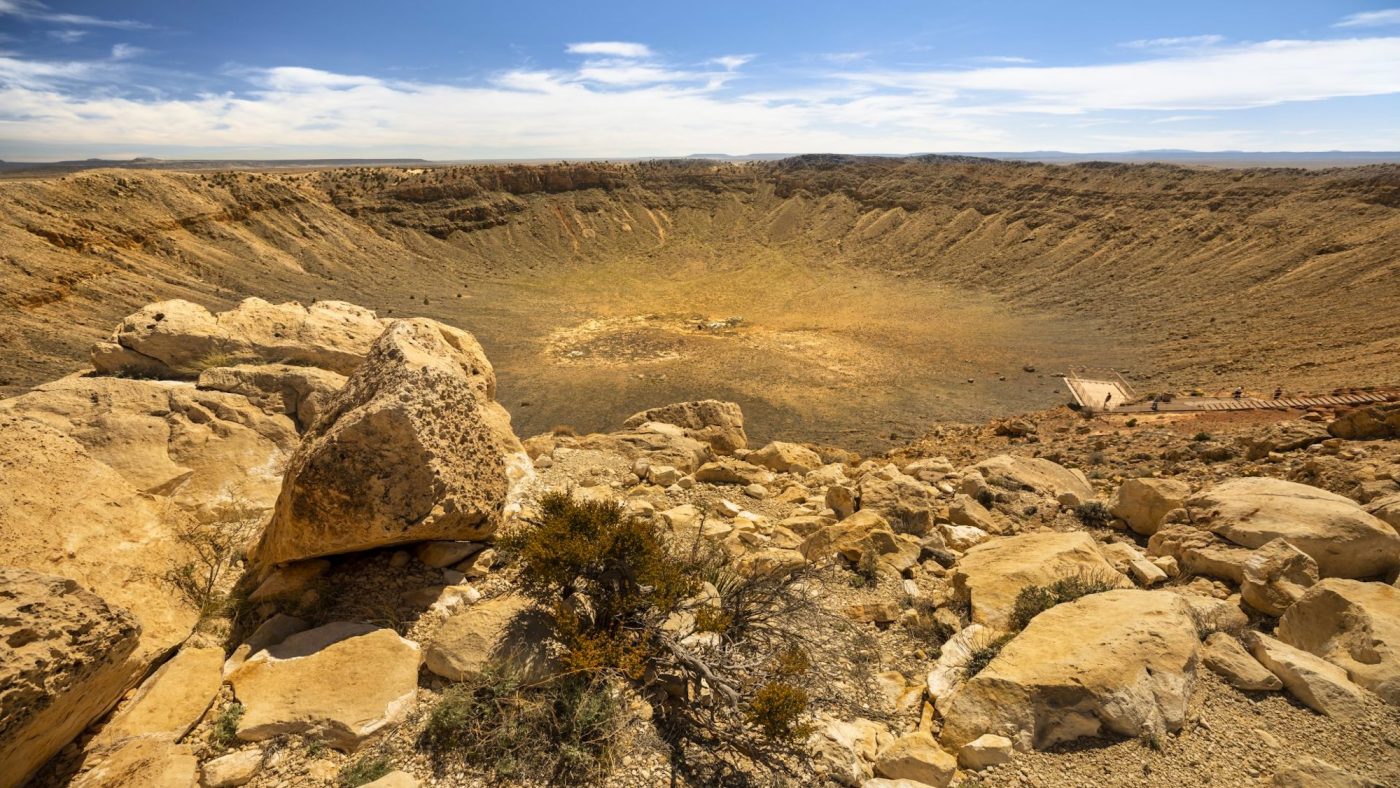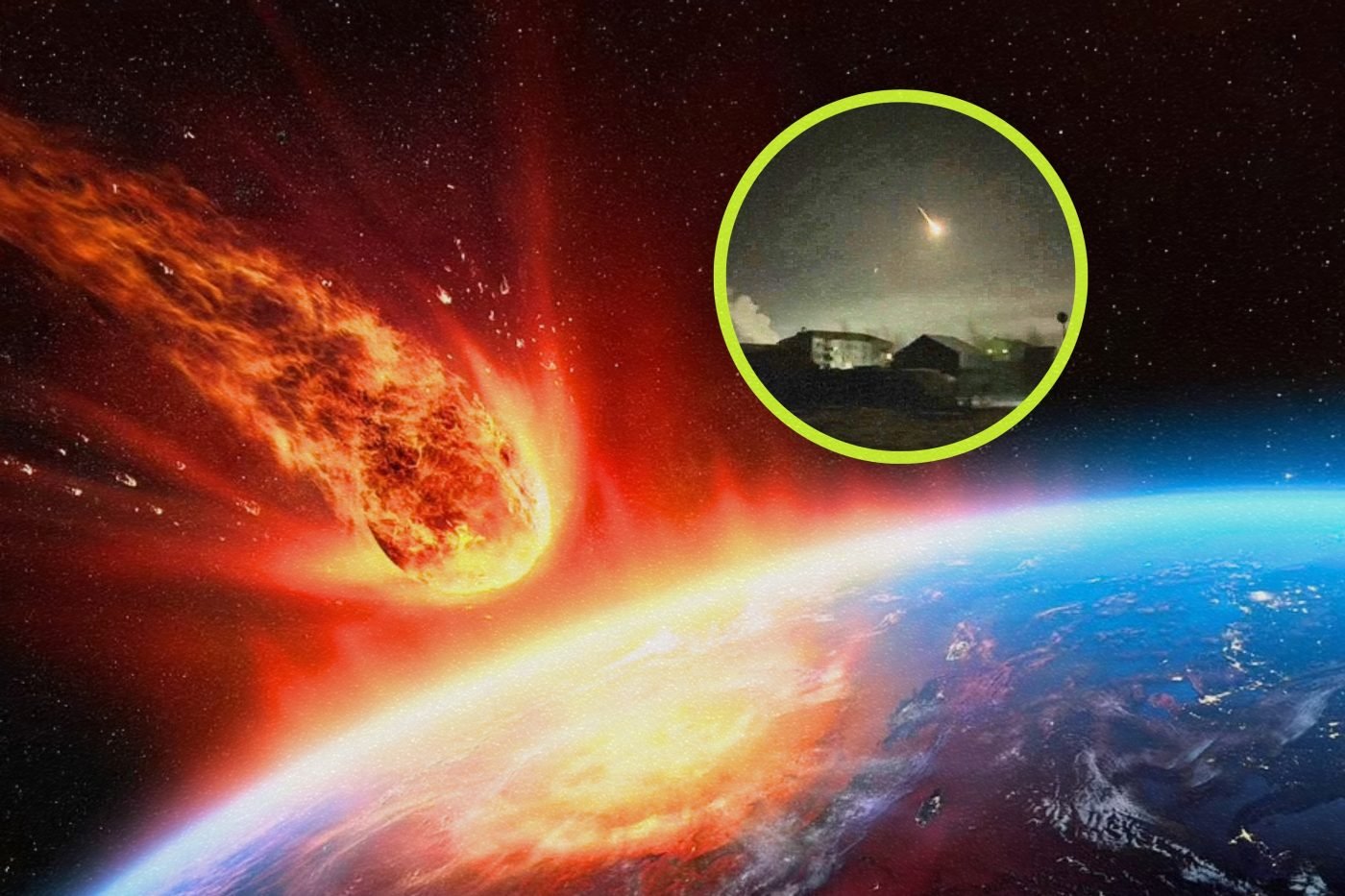- A small asteroid, C0WEPC5, was detected heading towards Earth, creating a visible fireball over northern Siberia.
- Advances in technology and dedicated programmes by NASA and ESA have increased our ability to track asteroid fly-bys.
- Past asteroid events demonstrate human capacity to survive even larger, more destructive impacts.
Unsurprisingly, asteroids entering Earth’s atmosphere have a way of sparing a good deal of concern — much like the discovery of mysterious underground structures or stowaway creepy crawlies — despite humanity’s pretty strong track record of weathering unexpected celestial encounters.
Today’s news coming out of Siberia makes clear our ever-increasing ability to detect and manage these incidents. While asteroids will continue to strike with an always-unwelcome regularity, the impacts are typically manageable and far less catastrophic than some historical precedents… so far. Here are some previous incidents for perspective…
Current Asteroid Activity in Siberia
On Tuesday, northern Siberia took centre stage for a rare celestial event when a small asteroid, with the catchy nickname ‘C0WEPC5’, entered Earth’s atmosphere. The 27-inch-wide (c. 70cm) rock was on collision course with Earth, making it the fourth detected asteroid strike of 2024 and the 11th on record. The European Space Agency (ESA) was first to issue an alert early in the morning, informing the public the object would create a visible fireball in the sky but that any resulting impact would ultimately be harmless.
C0WEPC5 was identified by the Kitt Peak National Observatory in Arizona as an “imminent impactor”, entering the atmosphere over Yakutia in northeastern Siberia at approximately 11:15 a.m. Videos shared on social media show a bright, fast-moving streak burning across the sky before dissipating, though it remains unclear at present time if any debris eventually reached the ground.
Related Stories
Part of a larger trend of increasing asteroid detections thanks to technological advancements and the efforts of organisations like NASA and ESA, 132 known asteroids have passed closer to Earth than the Moon since October 2023, with over 36,000 asteroid fly-bys recorded in total.

Another asteroid, 2020 XR, is set to make a “close” fly-by on Wednesday at a distance of 1.37 million miles. Although significantly larger than the Siberian object — about 1,200 feet (365 metres) in diameter— this asteroid thankfully poses no threat to Earth. Any object passing within 4.6 million miles of Earth is classed as “potentially hazardous”.
Early warnings such as this one not only allow for observation and data collection, but programs like NASA’s Asteroid Terrestrial-impact Last Alert System (ATLAS) make sure we’re prepped for any future encounters. Alan Fitzsimmons of Queen’s University Belfast spoke today about today’s celestial event:
“It’s a small one, but it will still be quite spectacular.”
Alan Fitzsimmons
Historical Asteroid Impacts
Earth’s history is marked by asteroid impacts that have shaped the planet and all life thereon, underscoring the potential dangers of asteroid strikes but also the resilience of life on Earth. Without getting cocky, we’ve survived way worse than this…
The Chelyabinsk Event, 2013
Back in 2013, an asteroid that was approximately 20 metres in diameter entered Earth’s atmosphere above Chelyabinsk in Russia. Exploding at an altitude of around 30 kilometres, it released energy equivalent to 500 kilotons of TNT. Despite the explosion taking place high above the ground, it generated a shockwave that injured 1,500 people and damaged 7,200 buildings across six cities. Most injuries were the fallout from shattered glass as the shockwave pushed outwards.

The Tunguska Event, 1908
Perhaps the most significant impact in recent human history occurred in 1908 near Tunguska, Siberia; what is it about the Russian land mass attracting asteroids? A question for another day… Back to Tunguska: a 30-metre-diameter asteroid exploded in the atmosphere, unleashing energy 1,000 times greater than the atomic bomb dropped on Hiroshima. The explosion destroyed 80 million trees over an area of 2,150 square kilometres. Thankfully, the remoteness of the strike location meant that no human casualties were reported.
The Chicxulub Impact, 65 Million Years Ago
If we’re willing to turn back the clock a little further, the most devastating asteroid impact in Earth’s history occurred 65 million years ago in what is now Mexico. A massive asteroid approximately 10 to 15 kilometres in diameter hit the planet, leading to mass extinction; around 70% of all species, including all known dinosaurs, were lost.

The impact triggered mega-tsunamis, wildfires, and a dust cloud that enveloped Earth, blocking out nearly all sunlight and fatally disrupting photosynthesis. These environmental changes caused a drop in global temperatures that changed the planet’s environmental balance forevermore.
Preparing for the Future
Large-scale events like those at Chicxulub are, clearly, incredibly rare. Future asteroid impacts remain a concern nevertheless, particularly as our population and infrastructure grow ever larger. Thankfully, modern detection systems enhance our ability to identify and mitigate threats from near-Earth objects, but this isn’t something to get complacent about… keep your eyes on the skies.

